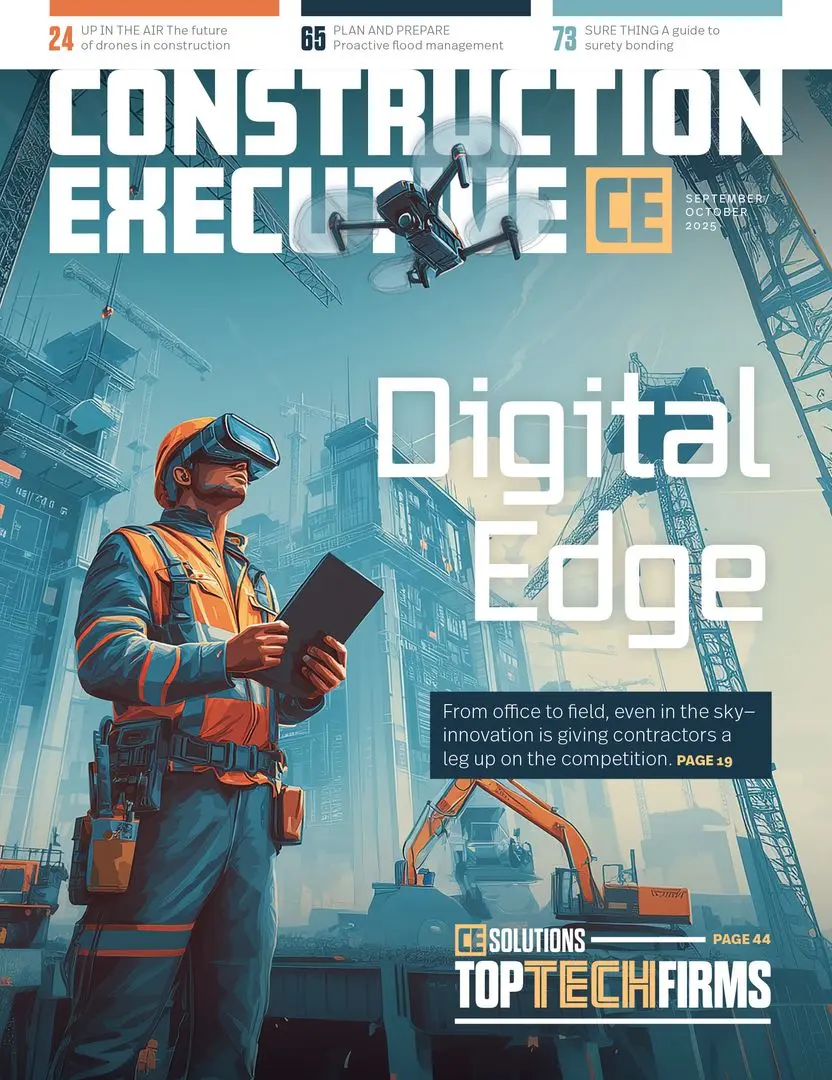The American Bar Association’s blog published an article about an Arcadis report on construction disputes, which listed as the three leading causes of disputes:
1. Failures to understand and/or comply with contractual obligations
2. Owner-directed changes leading to errors and/or omissions in contract documents, together with design incompletion or ambiguity
3. Third-party and force majeure events.
Overall, construction disputes arise from project expectations, changes and results not being in sync by all parties. Many believe that as construction projects become more complex, the number of disputes will likely continue to grow and become more costly.
The implementation of a construction management technology called building information modeling (BIM) offers great potential for limiting disputes by mitigating disconnection, inattention and neglect, while keeping everyone engaged in the conversation. BIM is a system of collecting and managing information and then linking that information to project participants in real time, giving all involved a three-dimensional perspective on progress as a whole. Instead of each party working a project in a somewhat independent, disconnected way, as contractors have done in the past, using BIM, each participant can visualize the entire project as it is being built, as well as how their work is contributing (or not) to the project’s success. By using BIM, participants are able to identify points of conflict and recommend solutions faster and with superior collaboration opportunities.
Artificial intelligence (AI) becoming more available, accessible and applicable throughout the construction industry brings machine learning and memory to take BIM to another level. With AI, construction management can be planned and implemented to minimize clash potential and disputes. Not only can participants view the entire project as it’s being built, along with their part in the process, they can also anticipate issues and implement solutions even before work has begun on a particular phase, potentially heading off disputes before they get started.
Six areas where BIM with AI have the potential to dramatically reduce construction disputes and litigation include:
Providing transparency to all parties and improving communication. Since all stakeholders have access to the BIM model, which is updated in real time as the project progresses, no one will be able to dispute that they were not notified of potential issues. Not only will everyone know what is occurring, they will see the effect of individual actions on the project. The transparency of cause and effect has the potential to limit disputes.
Putting the change-order process into blockchain enhances accuracy and credibility. Blockchain is another relatively new technology that enhances security in data chains preventing manipulation of change-order data or timeline. One cannot edit, add or delete an order without the system noting both the change and the source of the change. Blockchain can build more trust into the process, which will not only make it more efficient, but more reliable in limiting disputes.
AI is powerful in comparing cause and effect on multiple levels. With the implementation of “smart” contracts, AI can link action and results to contractual obligations and provide advance notice of shortcomings, as well as confirmation of completions. BIM along with AI can virtually eliminate any subjectivity that is present in many disputes.
AI, with its advanced predictive capabilities, can be proactive in reducing disputes. With a BIM model in place, AI can more effectively predict and communicate potential issues, clashes, changes or threats to the model’s successful completion. BIM with AI can more effectively warn stakeholders to take action before the conflict intensifies and triggers other dispute situations. Certain types of negligence will be virtually eliminated.
Managing operational issues like relationships, including contracts and activities by subcontractors. Traditionally in construction, relationships with subcontractors can become disconnected from the project’s overall management, leading to fulfillment disputes. AI capabilities can more effectively coordinate subs, their work and their effect on many aspects of the project. It can also notify participants when that work falls behind, goes over budget or is defective, undermining future steps.
Speeding payment by more definitively confirming completion (or not). Arguably one of the biggest causes of disputes is the gray area regarding how much work has been completed and how much or when payment is due. BIM with AI can provide quicker confirmation of timely completion or non-completion and either suggest payment authorization or identify shortcomings and those responsible.
As construction projects become more complex, the number of disputes together with the cost of pursuing or defending them has the potential to grow and become unmanageable. While the concept of having AI robots build entire construction projects without humans is a long way away (beyond the foreseeable future), AI and BIM can already be used today to add speed, value and trust to the construction management process.
Construction disputes probably will never go away, but BIM with AI has the promise of dramatically reducing the number of disputes by more efficiently and effectively validating claims or eliminating frivolous ones.







